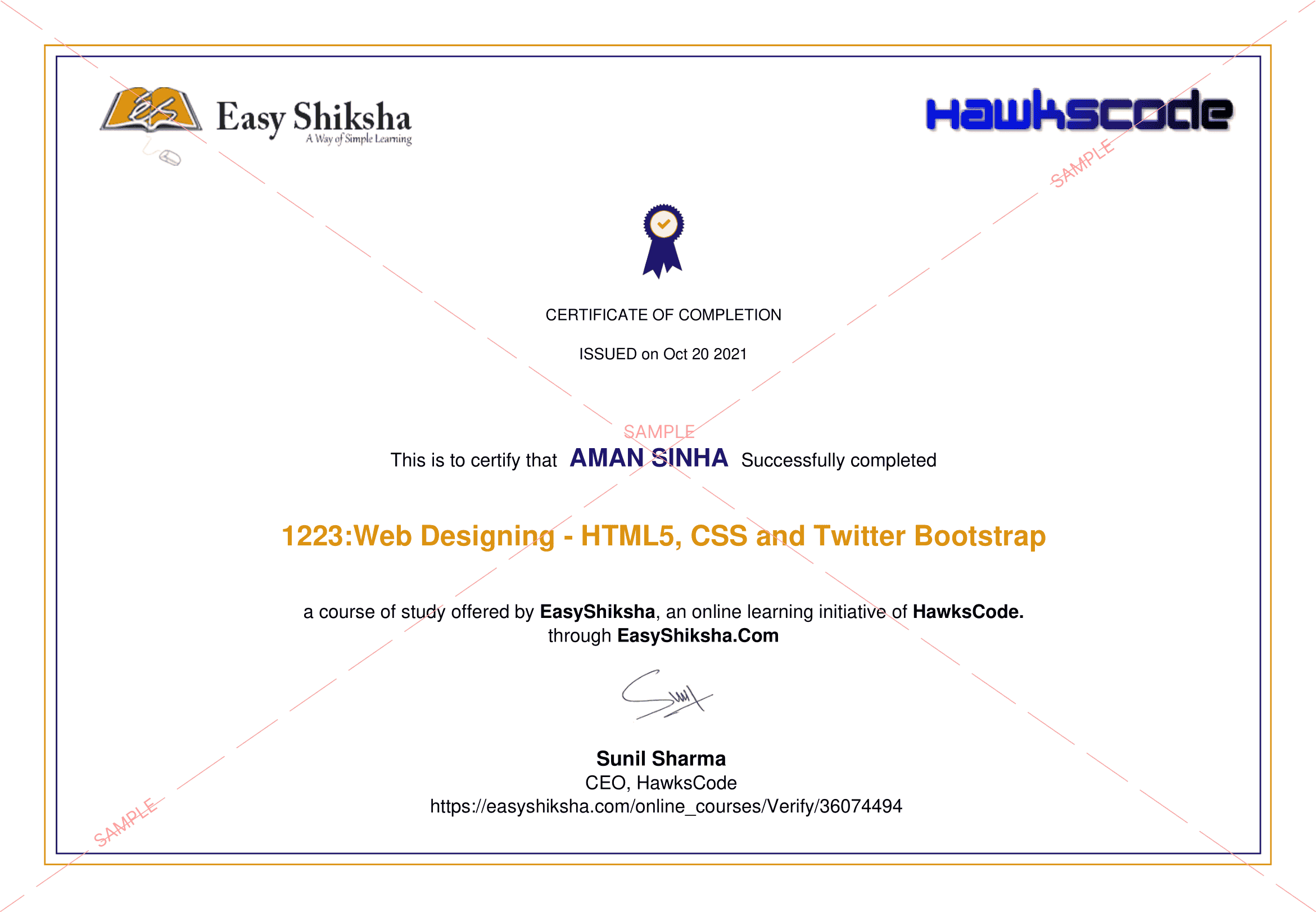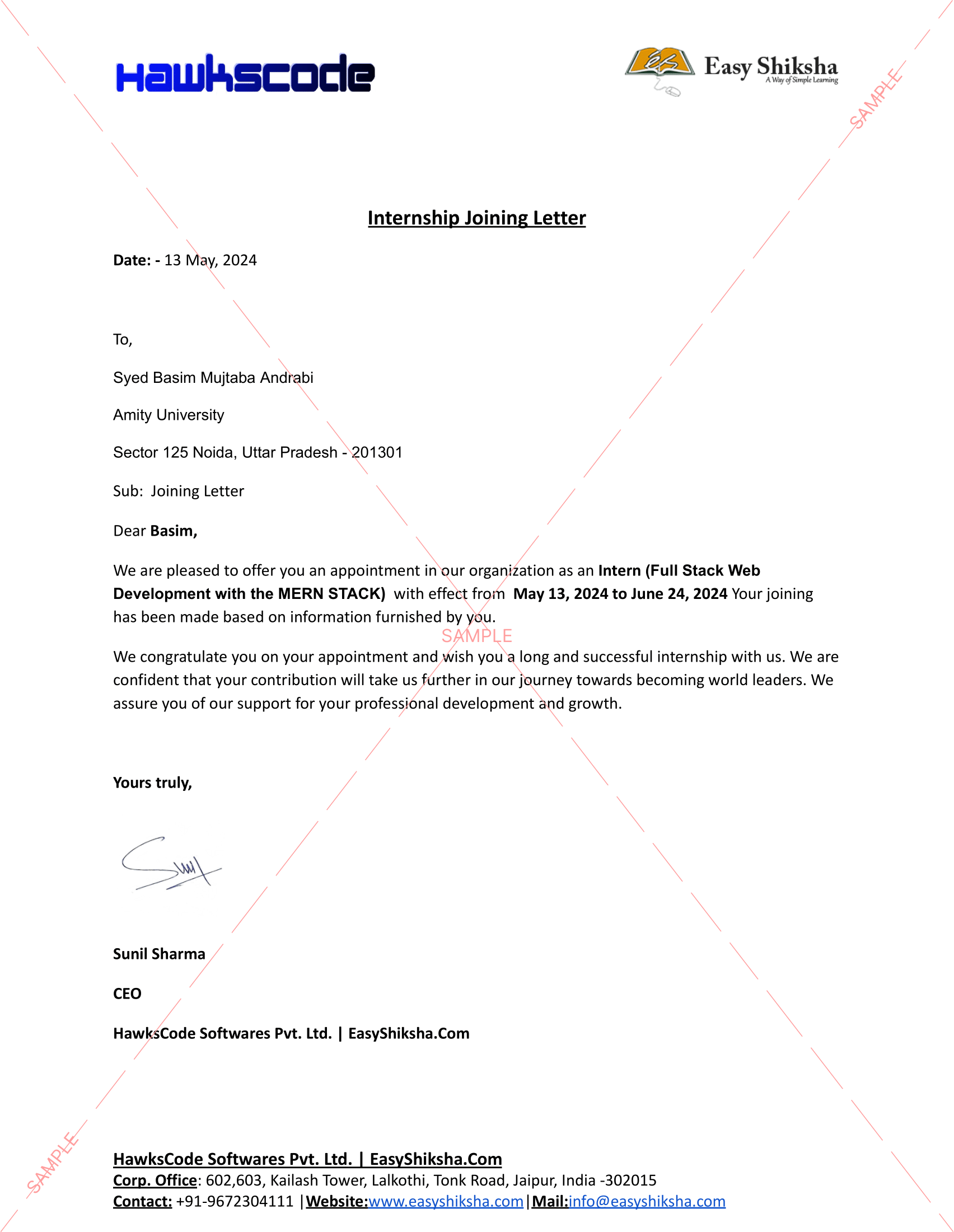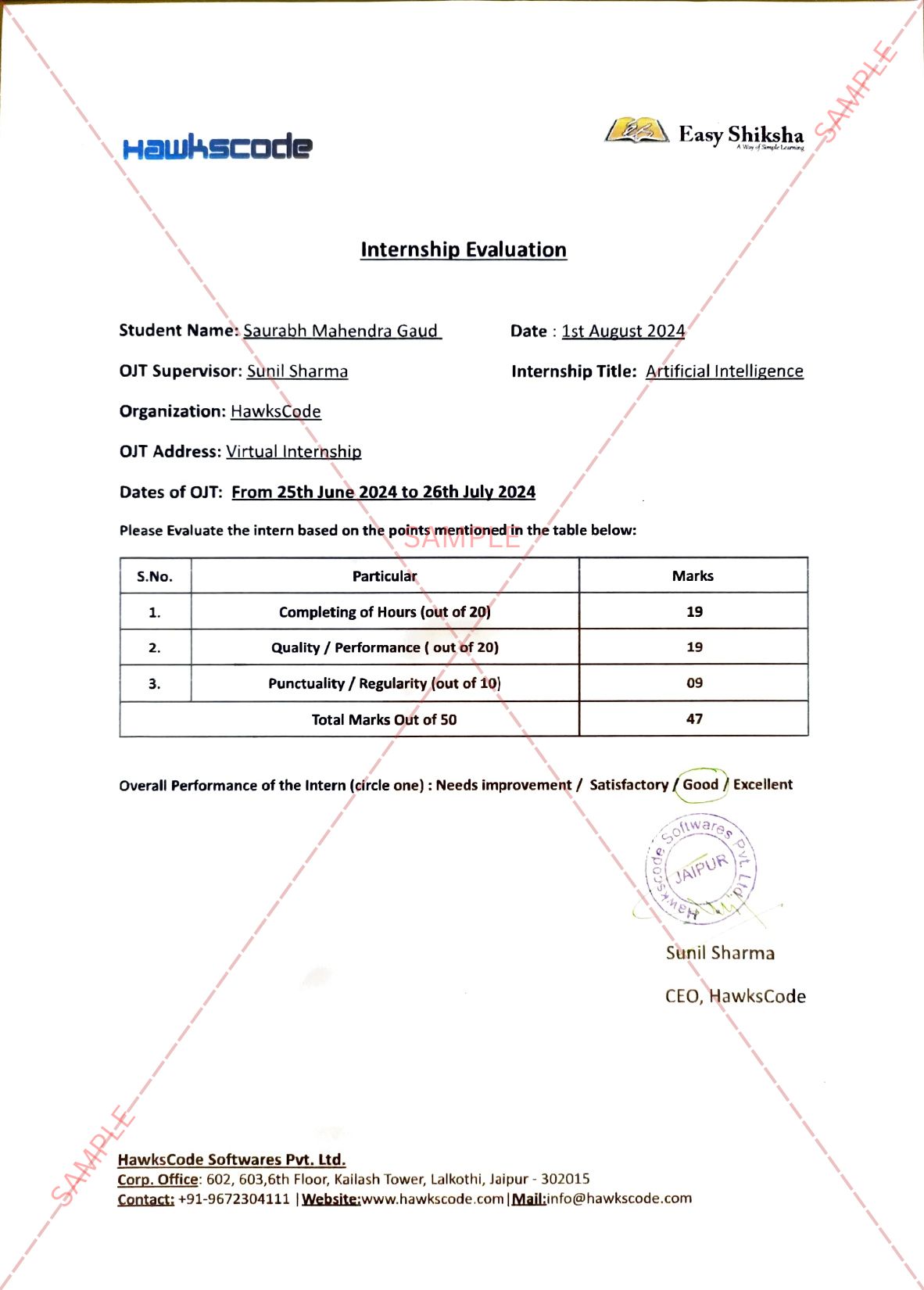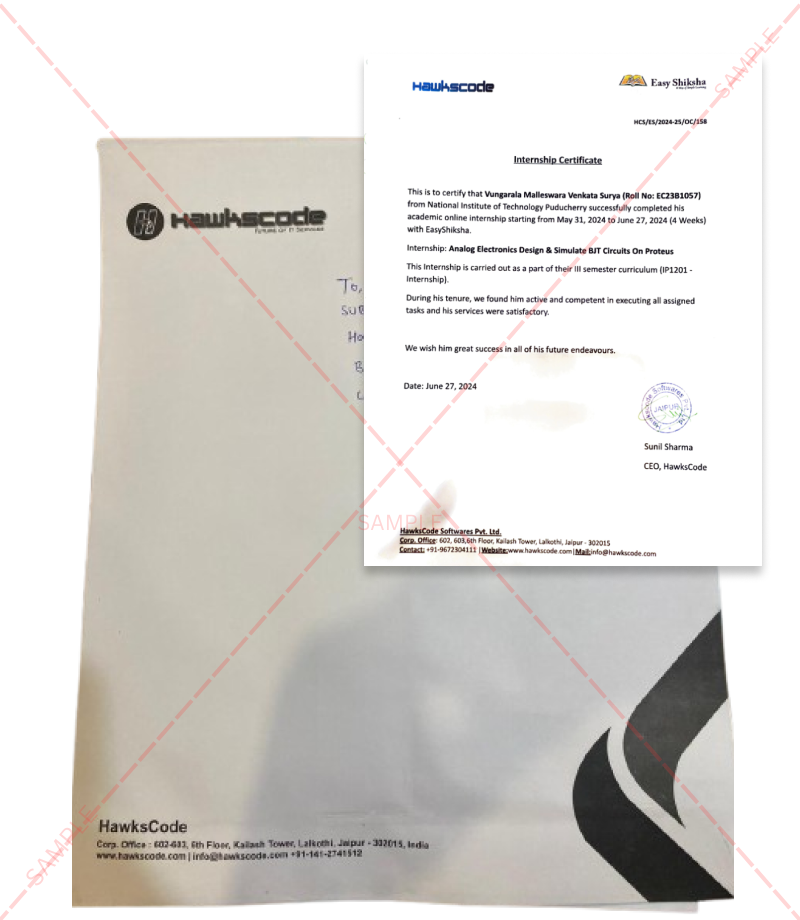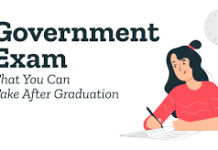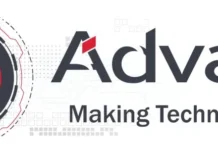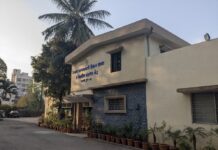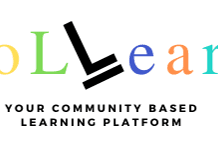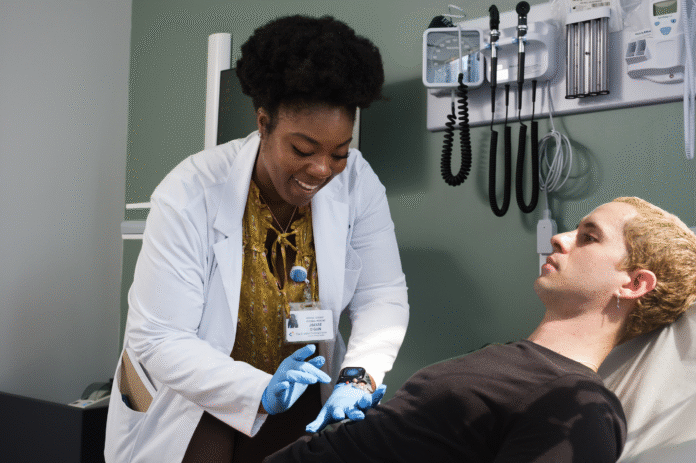India, May 15, 2025: Hypertension also known as high blood pressure, is the most common cardiovascular condition worldwide and a major preventable contributor to stroke, heart disease, and kidney-related illness and death.
According to the National Library of Medicine, it is responsible for around 9.4 million deaths annually, accounting for nearly half of all cardiovascular fatalities. In response, the World Health Organization has set a target to cut global hypertension prevalence by 25%. By the end of 2025, focusing on strategies such as salt intake reduction and implementing broader public health interventions.
In India, hypertension is a silent health crisis that is arising as a result of the fast-paced lifestyle and accelerated urbanization. High blood pressure, which is frequently referred to as the “silent killer,” is becoming more prevalent among the adult population of India, resulting in substantial public health hazards.
Recent studies reveal that about 22.6% of Indian adults suffer from hypertension, with higher rates in men (24.1%) than women (21.2%), and a greater prevalence in urban (25%) than rural (21.4%) areas. Despite the growing burden, only 12% of those affected have their condition under control. These statistics highlight the urgent need for greater awareness, early detection, and lifestyle changes to address this silent epidemic.
Also Read: Uber launches ‘Uber for Teens’ in Bangalore
As we approach World Hypertension Day on 17th May, St. George’s University (SGU) School of Medicine in Grenada, West Indies. Explains the importance of early detection, the causes, and how to prevent hypertension.
Foods and stress among key contributors
The increasing prevalence of fast food, processed snacks, energy drinks, and meals rich in red meat has transformed traditional diets into a realm that presents considerable long-term health dangers.
Hypertension is not simply a dietary concern; it is closely linked to life pressures and psychological stress. The high cost of living, traffic congestion, digital overload, and long working hours are all contributing factors.
According to the Global Burden of Disease study, there is a direct correlation between stress-related illnesses and elevated blood pressure. Which are becoming more common in these fast-paced environments. Furthermore, the average daily salt consumption in India is estimated to be around 11 grams per day. Significantly exceeding the World Health Organization’s recommended limit of 5 grams per day. This excess intake is largely driven by processed foods, pickles, salty snacks, and frequent consumption of restaurant or street food. Contributing to the rising risk of hypertension and other cardiovascular diseases.
The Silent Nature of Hypertension
The subtlety of hypertension is one of its most risky characteristics. Many individuals have elevated blood pressure for years without experiencing any obvious symptoms. Damage to the cardiovascular system may have already occurred by the time symptoms. Such as migraines, dizziness, or vision problems manifest.
Early detection is not only essential but also potentially lifesaving, as a result of routine health screenings. Younger populations still underutilize routine health check-ups and frequently regard hypertension as a condition that affects elderly individuals. But doctors are increasingly diagnosing hypertension in individuals as young as their late 20s, often associating it with obesity, smoking, and chronic stress.
Prevention is the Best Cure
- Public Awareness: In India, campaigns are already in place to reduce salt intake. Promote physical activity, and clarify blood pressure readings. However, wider organizations require more extensive, culturally specific communication.
- Early Detection: Primary care physicians should encourage regular blood pressure checks more strongly. Initiatives including digital health tools, workplace wellness programs, and mobile screening units can raise access and compliance.
- Lifestyle Changes: Adjusting daily routines is necessary to treat hypertension. This includes replacing salty snacks with fruits and vegetables, consuming less red meat, drinking plenty of water, exercising frequently, and adopting stress-reduction practices like yoga and mindfulness.
A Shared Responsibility
To effectively reverse the hypertension epidemic in India, a united effort among individuals, healthcare providers, governments, and academic institutions is essential. Each salty snack replaced with a healthier choice, every step taken, and every routine check-up attended brings the region closer to improved heart health. Online Courses with Certification
Online Courses with Certification
About St. George’s University School of Medicine:
Founded in 1976, St. George’s University (SGU) is a center for academic excellence worldwide. With students and faculty drawn from more than 150 countries. SGU is truly an international institution, with a uniquely global perspective. The Grenada Medical and Dental Council, recognized by the World Federation for Medical Education (WFME), has accredited the SGU School of Medicine. The school offers a four-year Doctor of Medicine (MD) degree program. Students can also enter the MD degree program from many education systems around the world via the five-, six-, or seven-year tracks. SGU has a large network of 75+ affiliated hospitals and health centers in the US and UK. With the unique opportunity for students to begin their medical career in Grenada or the UK.
Platforms like EasyShiksha.com leverage retargeting to re-engage learners, making it an essential strategy for online education and beyond. Implement these best practices to refine your retargeting approach and achieve long-term success.
